-
-
products
-
resources
-
support
-
company
-
Internet Explorer is running slow
By Davide De Vellis December 13, 2013firefox, google chrome, internet explorer, slow computer2 CommentsDespite the rise in popularity of many new Web browsers such as Google Chrome and Mozilla’s FireFox, Microsoft’s Internet Explorer is still the browser of choice for many PC users. According to recent statistics from Wikimedia, Internet Explorer is still the browser of choice for over 23% of PC users. Internet Explorer (also known as IE) is often the target of criticism for it’s sluggish performance (and sometimes security issues), but over the years Microsoft have made some great improvements in the browser and no wonder it still hasn’t gone away.
All of that being said, there are most certainly some factors that may cause Internet Explorer to be running slow over time, and the good new is there are some things you can do to help speed it up.
So what do you do is Internet Explorer is running slow for you? This list provides the a couple of ways to bring back the speed in IE.
- Upgrade to the latest Version
- From within IE, hit the Gear icon and choose About Internet Explorer. (In older versions, About is often under Help in the main navigation)
- In newer version of IE, you can choose to have updates installed automatically
- Disable and remove add-ons
- While in IE, click on the Gear icon (or tools in the main navigation on older versions)
- Select Manage add-ons
- Once the add-on list appears, you can disable all unnecessary add-ons by right clicking on the add-on and selecting the disable option.
- Exporting favorites to file
- Launch Internet Explorer
- Click File in the navigation menu
- Select the Import and export option
- Select Export to a file and click on Next
- Select Favorites
- Select Favorites Bar
- Choose a location to save the file and click on Export to begin the process
- You have now successfully exported all your favorites and you should find yourself at the following screen
- Click Finish
- Clear browsing history
- Launch Internet Explorer from your PC
- Click on tools/gear icon
- Navigate to the Safety option and click on Delete browsing history
- You can decide whether or not to retain cookies by selecting the Preserve Favorites website data option
- Select all the information you would like to delete. Note: It is advisable to retain your saved passwords if you don’t want to have to retype them all in
- Click Delete
You can check within IE to see if there is an newer version of the browser available.
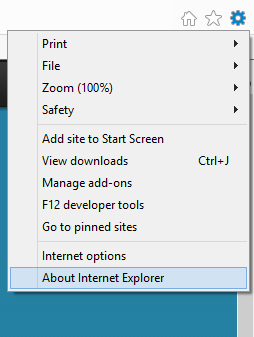
“Look for the Gear Icon in the top right hand corner of newer versions of IE”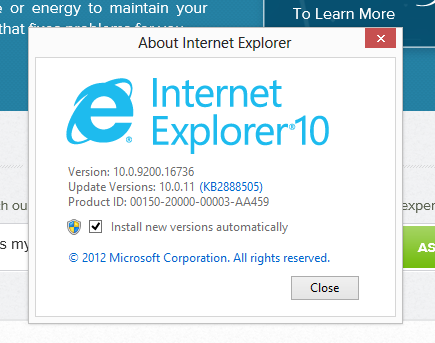
“Newer versions of IE allow you to update automatically”If you can’t update from within the product, you can always check for and download the latest version of IE directly from the Windows website. At the time of writing this article, the latest version for windows 7 and 8 is IE10 (Windows 8.1 users can upgrade to IE11), Vista it is IE9 and XP is IE8.
Add-ons add more functionality to your browser. A few add-ons are useful for the browser to ais in your browsing experience, such as the Adobe Acrobat add-on that enables the ability to open PDF files directly in the browser. Some other add-ons are absolutely unnecessary and are often added to your browser while you are installing other software, without your knowledge. Add-ons are typically one of four types: toolbars and extensions, accelerators, tracking protection and search providers.
How to disable add-ons
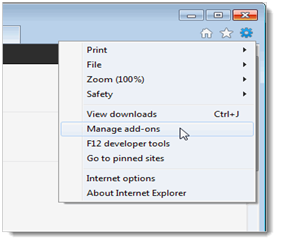
“Choose Manage Add-Ons from the options menu in Internet Explorer”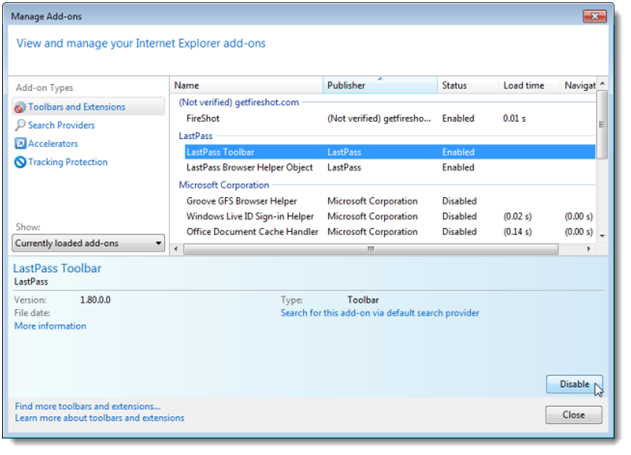
“Disable add-ons quickly and easily by right clicking and hit diable.”Your favorites include the websites you visit very often. This might be very useful, but over time this will slow down your browser.
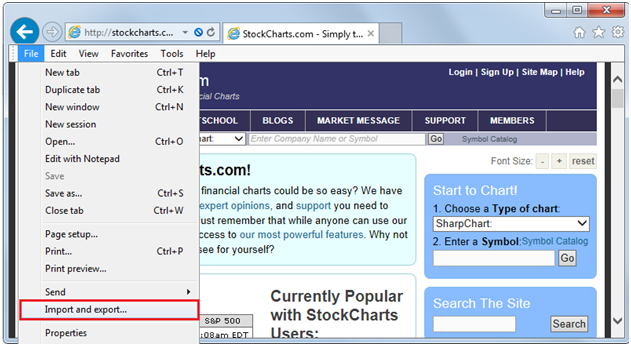
“Choose Import and Export under File in the Navigation menu in Internet Explorer”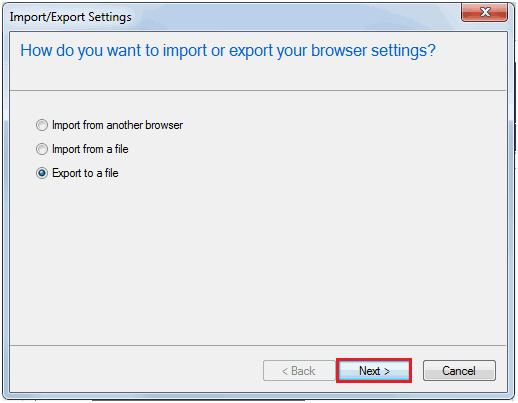
“Choose Export to a file”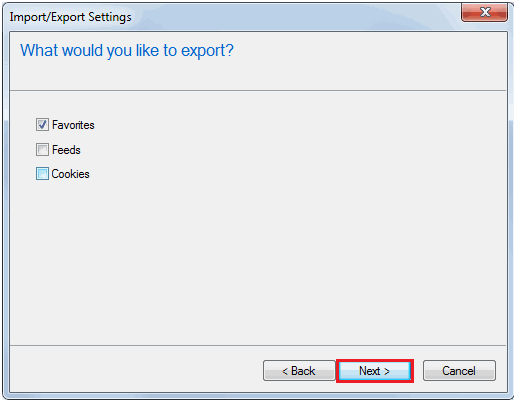
“Choose what information you’d like to export”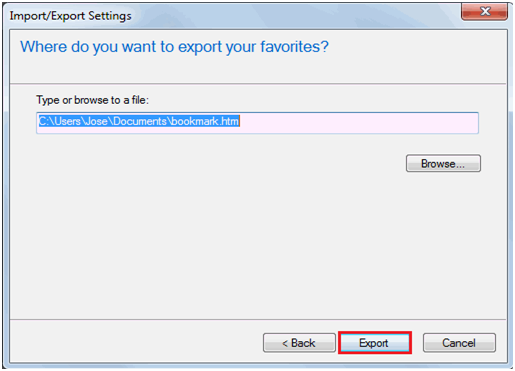
“Choose your export destination”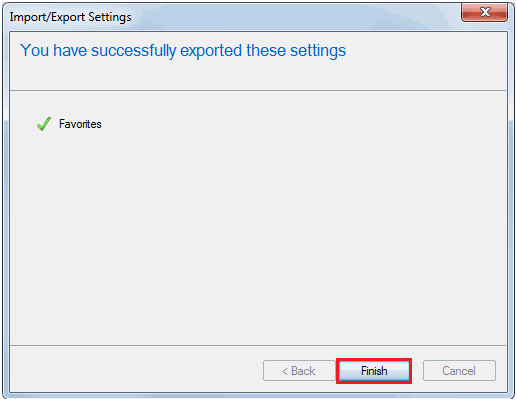
“Exporting your favorites is simple to do”Your browsing history is a record of all websites you have visited, saved passwords, cookies, temporary internet files and any information you have entered in the address bar. Over time this data will accumulate and cause the browser to become slow. You can delete some of this information in order to clear up some space.
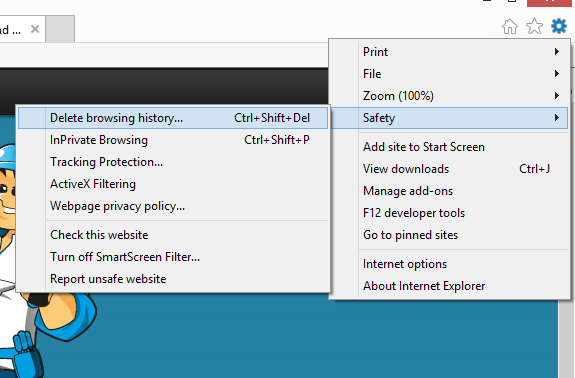
“The easy way to clear you browsing history to prevent Internet Explorer running slow”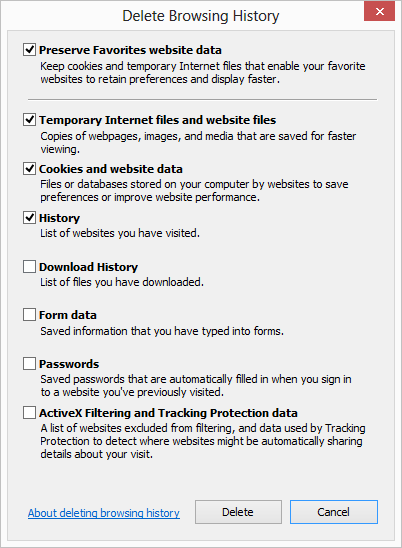
“You can choose which items you want to delete from your browsing history”These options are bound to speed up your IE browsing experience. If you don’t notice any significant improvements, maybe it is time to shift to any of the vast Internet Explorer alternatives I mentioned earlier. These includes Google’s Chrome, Mozilla Firefox or even Opera. These browsers worth a look and you should give them a try, at least as a secondary browser.
Was this post helpful?YesNoFree Driver Updates
Update your drivers in less than 2 minutes to enjoy better PC performance - Free.
Free Driver Updates
Update your drivers in less than 2 minutes to enjoy better
PC performance - Free.
Didn't find your answer?Ask a question to our community of experts from around the world and receive an answer in no time at all.most relevant recent articles Pin It on Pinterest